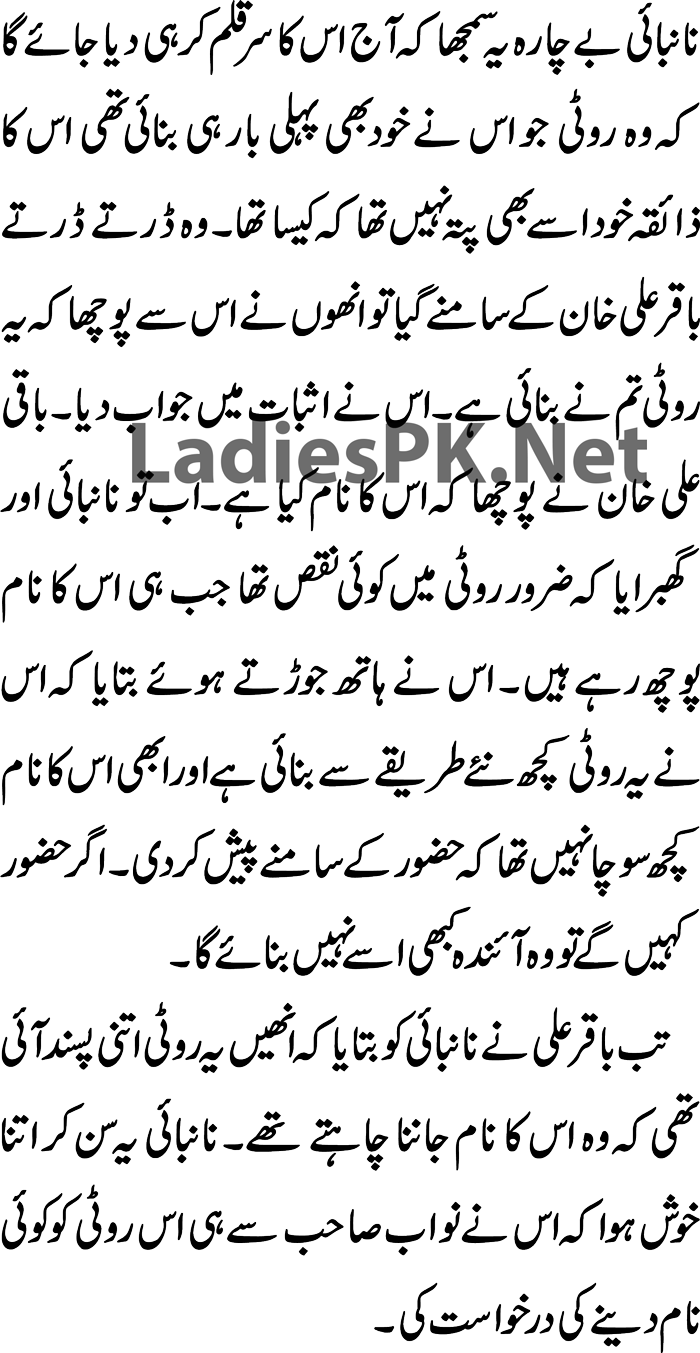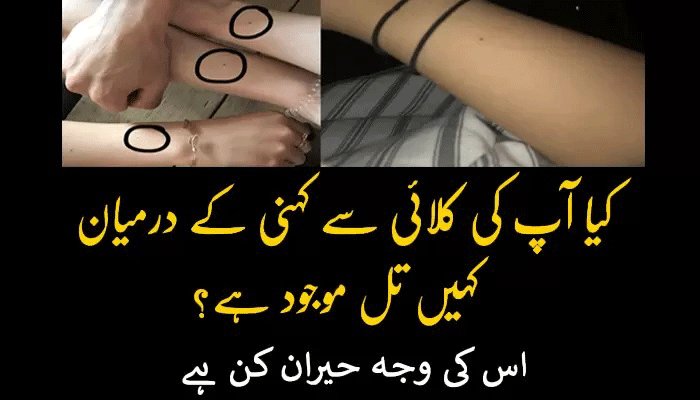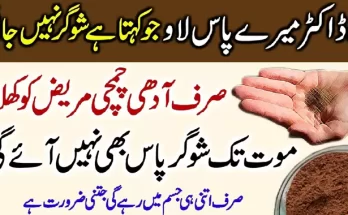
London: ANAEMIA is a condition caused by a lack of iron in the body. These are the symptoms to look out for. Iron is essential for producing red blood cells, which help store and carry oxygen in the blood. A lack of essential minerals means a reduction in the number of red blood cells, and this can mean your organs and tissues don’t get enough oxygen. Known as iron deficiency anemia, it’s the most common type of anemia.
It’s thought millions of the UK population suffer from mild anemia, often due to an inadequate diet. However, in men and post-menopausal women, this can be triggered by bleeding in the stomach and intestines due to conditions such as a stomach ulcer or bowel cancer.
Get Rid of Iron Deficiency Naturally

For women of reproductive age, it can be caused by heavy periods – when it’s lost during menstruation – and pregnancy when it’s used for your baby instead. The primary treatment for anemia is iron supplements to boost low levels of iron in the body. You can also increase the number of minerals in your diet.

Rich dietary sources of iron include dark green leafy vegetables, brown rice, eggs, meat, fish, dried fruit, and pulses. Many sufferers only have a few symptoms, and they may develop immediately or gradually over a longer period. These are the indicators you could be suffering from anemia, according to the NHS.

You’re always exhausted:
This is one of the most common signs of iron deficiency because iron is responsible for the transportation of oxygen to all body tissues. Too little iron in the body deprives the tissues of energy, leaving you exhausted as your body tries to take energy from wherever it can.


In fact, research published in the Danish Medical Journal in 2014 suggested that of patients that were critically iron deficient, almost half experienced physical tiredness as their key symptom. The good news was that the same research found that supplementation with iron was significantly effective in relieving symptoms.
Shortness of breath:
This can happen alongside chest pains and feeling dizzy.
Detectable heartbeats:
In cases of iron deficiency, the heart needs to work harder to transport oxygen around the body, which can result in heart palpitations – something that needs to be looked at by a doctor. ‘This can lead to irregular or fast heartbeats and even heart murmurs, an enlarged heart, or in extreme cases heart failure,’ says Greg Weatherhead.
Pale skin or pale tongue:
Pale skin is quite typically associated with low iron levels and anemia. But even if your skin isn’t pale, there is another key check you can make – pull down your inner eyelid and take a look in the mirror. ‘Paleness in general, whether it’s the skin, nails, eyelids, or any other area can indicate low iron levels,’ says Greg Weatherhead.
‘This is due to low levels of hemoglobin which carries oxygen from the lungs, which helps to give the blood its red color.’
Restless Legs:
Restless Leg Syndrome (RLS) is an overwhelming desire to move the legs and it’s something that usually gets worse in the evenings and at night. It can cause an unpleasant crawling sensation in the feet, calves, and thighs, and occasionally the arms are affected too.
While studies have confirmed that those with RLS often have difficulty absorbing the iron in their diets, a study published in 2009 in the journal Sleep Medicine found those with RLS who took iron orally for 12 weeks had significant improvements in their symptoms.
Brittle nails:
‘Low levels of iron can cause nails to become more brittle,’ says Greg Weatherhead. ‘This is usually accompanied by other symptoms such as fatigue and pale skin.’
‘The more serious iron deficiency anemia has a more significant impact on our nails with them becoming concaved and looking as though they scoop away from the finger, like a spoon – this is a tell-tale sign of iron deficiency,’ says Weatherhead.
Other less common signs:
In certain cases, sufferers may develop headaches, pins, needles, altered taste, feeling itchy, sore, or abnormally smooth tongue, hair loss, difficulty swallowing, painful open sores, and spoon-shaped nails. express






